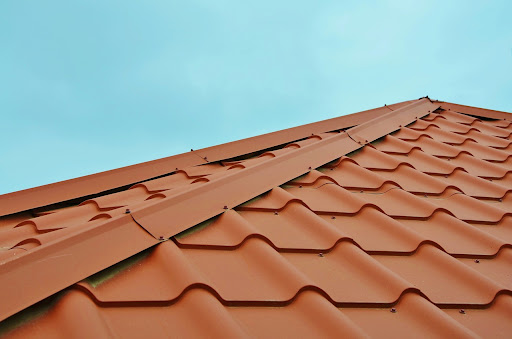As an aging homeowner, it’s important to stay ahead of the game when it comes to properly maintaining your most valuable asset: your home. Unfortunately, many homeowners overlook one of the most critical parts of their house – their roof! After all, on average, roofs last between 15 and 30 years if they are taken care of properly. Without proper maintenance and upkeep, though, you could end up dealing with costly repairs and possible replacement long before you had anticipated – making roof longevity a major concern for older homeowners in particular.
With this guide, we’ll explore how simple DIY tasks can help guarantee that your roof continues to provide protection for you and your family well into the future, so read on for our top tips on extending its lifespan as much as possible.
Key Factors in Roof Longevity
Understanding the key elements that affect the longevity of your roof is the first step toward implementing effective DIY maintenance strategies. These factors, which can significantly impact the lifespan of your roof, range from the type of materials used to construct it, the quality of installation, and even the climate in which you live.
For example, roofs in areas with harsh weather conditions may need extra care and attention to ensure they remain durable over time.
Material Type
Different roofing materials have different lifespans and maintenance needs. Asphalt shingles, the most common roofing material, typically last 20 to 30 years, but high-quality architectural shingles can last up to 50 years.
On the other hand, metal roofs can last over 50 years with minimal maintenance. Tile, slate, and copper roofs have the longest lifespan, often exceeding 100 years. It’s crucial to understand the specific maintenance needs of your roof’s material to prolong its life.
Quality of Installation
The quality of the roof’s installation plays a major role in its longevity. A professionally installed roof ensures that each component is correctly fitted and secured, which can help prevent common issues like leaks and shingle loss.
On the other hand, poorly installed roofs may exhibit problems much earlier and require more frequent maintenance and repairs. Thus, even if you’re maintaining an older roof, it’s good to know the history of its installation.
Climate and Weather Conditions
The climate in which your home is located can significantly affect your roof’s lifespan. Roofs in areas with harsh weather conditions – heavy snowfall, intense sun, high winds, or significant rainfall – may require frequent maintenance to manage the wear and tear. For instance, ice dams can form on roofs in colder climates, leading to water ingress and damage.
In hotter regions, UV light can degrade roofing materials over time. Regular inspections for damage and appropriate preventative measures can help offset these climate-related effects on your roof’s longevity.
DIY Maintenance Tips for Aging Homeowners
Now that we’ve covered the key factors contributing to roof longevity let’s dive into some practical tips for aging homeowners looking to extend their roof’s lifespan through regular DIY maintenance.
Inspect and Clean Gutters Regularly
Gutters play a crucial role in keeping your roof in good condition. They channel rainwater away from your roof and walls, preventing water damage. However, gutters can easily become clogged with leaves, debris, and even nests, so cleaning them regularly is essential. Clogged gutters may cause water to back up under the shingles and into your home, causing leaks and rot.
Trim Trees Near Your Roof
Overhanging trees can be a significant cause of damage to your roof. Falling branches or debris can puncture, scratch, or even dislodge shingles, leading to leaks and other structural problems. Regularly trimming back tree limbs near your roof can help prevent these issues and extend the life of your roof.
Check for Signs of Damage
Regular inspections are vital in detecting and addressing any potential issues with your roof before they become major problems. Look for loose or missing shingles, damage to flashing or vents, and signs of water ingress, such as stained ceilings or walls. If you notice any issues, address them promptly to prevent further damage. Click here to schedule a roof inspection with a professional roofing contractor.
Clear Debris from Your Roof
Debris on your roof can cause various issues – clogged gutters and damaged shingles. Regularly remove debris, such as leaves, pine needles, and branches, from your roof to prevent these problems from occurring.
Final Thoughts
As an aging homeowner, taking proactive steps to maintain your roof can significantly extend its lifespan and save you from costly repairs or replacements. With a little DIY effort, you can ensure that your roof continues to protect you and your family for many years to come. Remember to stay on top of regular maintenance tasks, keep an eye out for signs of damage, and address any issues promptly. By following these tips, you can help guarantee that your roof remains in top condition and provides lasting value for your home.
























